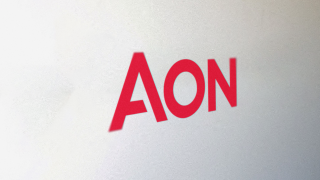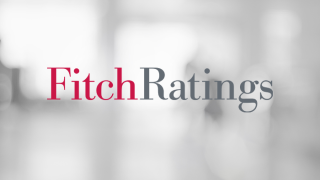-
The market is conceding some ground on wordings, after a tightening of conditions post-Ukraine.
-
Global insurance premiums reached an all-time high of $15.3bn by year end 2024.
-
All-risks premium increases are now understood to be in the 15% to 20% range.
-
The chief of market performance urged underwriters not to follow the herd.
-
Despite 2025 losses, carriers have not secured desired rate increases.
-
Willis reports that the mining market has softened at a ‘considerable rate’ this year.
-
The sector also faces a potential $700mn loss from a fatal Indonesian mining catastrophe.
-
Loss activity in the upstream market remains benign, adding to softening.
-
The agency cited moderating premium growth and selective underwriting capacity as factors behind the downgrade.
-
Executives also agreed that facilitisation is a structural market change.
-
Innovation emerged as the critical target for attracting new business to London.
-
The Aspen exec highlighted the London market’s long-standing reputation for innovation.
-
Patrick Tiernan was addressing 400+ delegates at the London Market Conference.
-
From top-line challenges to finding new ways to scale, 2025 has been a year of market shifts.
-
Rate decreases are often in double digits, but high loss trends and systemic risk persist.
-
Brokers may encourage clients to capitalise on falling rates by boosting coverage.
-
Property pricing fell by 8%, while casualty rate increases tapered to 3%.
-
Property, cyber and workers’ comp rates were all down mid-single digits, offsetting casualty hardening.
-
Property underwriters are ‘competing fiercely’ to access mining risks.
-
As both carriers and reinsurers deal with softening markets, all eyes are on hurricane-prone areas.
-
The veteran underwriter said market conditions are still ‘robust’.
-
Global pricing is now 22% below the mid-2022 peak.
-
Cedants target methods of reducing pressure on earnings as reinsurers chase growth.
-
Geopolitical turbulence brings new challenges that primary specialty lines carriers urgently need to address.
-
Being conservative and stable is the name of the reinsurer’s game.
-
Scale is increasingly becoming a differentiator for reinsurance carriers, the broker noted.
-
Despite high profile losses, there’s ample capacity in marine and aviation, while PV has seen healthy profits.
-
Litigation funders are promoting “aggressive” tactics in the UK, Holland and Israel.
-
The company, however, sets a high bar on making a move.
-
Earnings covers do not need to equal aggregate reinsurance deals, the broker said.
-
Reinsurers are ready to draw a line under a worsening claim outlook across the casualty market.
-
Excess capacity will sustain softer rates, as organic growth challenges lead to more M&A chatter.
-
Reinsurance CEO Wakefield said reinsurance structures may evolve for prolonged growth.
-
Agency reactions ranged from Fitch revising down its sector outlook to AM Best keeping a positive outlook.
-
Terms are expected to hold, underpinning the stronger recent performance of reinsurers.
-
Rates will remain elevated in a period of structurally higher risk premia.
-
Growth in the SME sector could help stabilize the market, however.
-
Cyber reinsurance supply has continued to outstrip demand during 2025.
-
Some 32% of survey respondents expect property cat rates to fall by more than 7.5%.
-
The ratings agency was presenting its outlook ahead of the Monte Carlo Rendez-Vous.
-
Last year marked the second consecutive year in which carriers made a positive return.
-
The broker said it was achievable to place a $2bn vertical limit in the London market.
-
This is the first rate filing to use the recently approved Verisk model.
-
As rate reductions present headwinds, firms are expected to moderate expansion.
-
The carrier booked top-line growth of 2% in H1.
-
Rates were down 3.9% across its portfolio in the first half of 2025.
-
Market leaders Atradius and Coface have both received in-principle approvals for a Lloyd’s syndicate.
-
However, group organic growth among public brokers has slowed to pre-pandemic levels.

















































